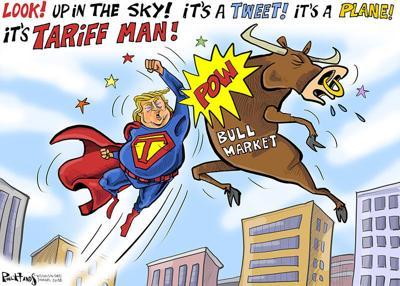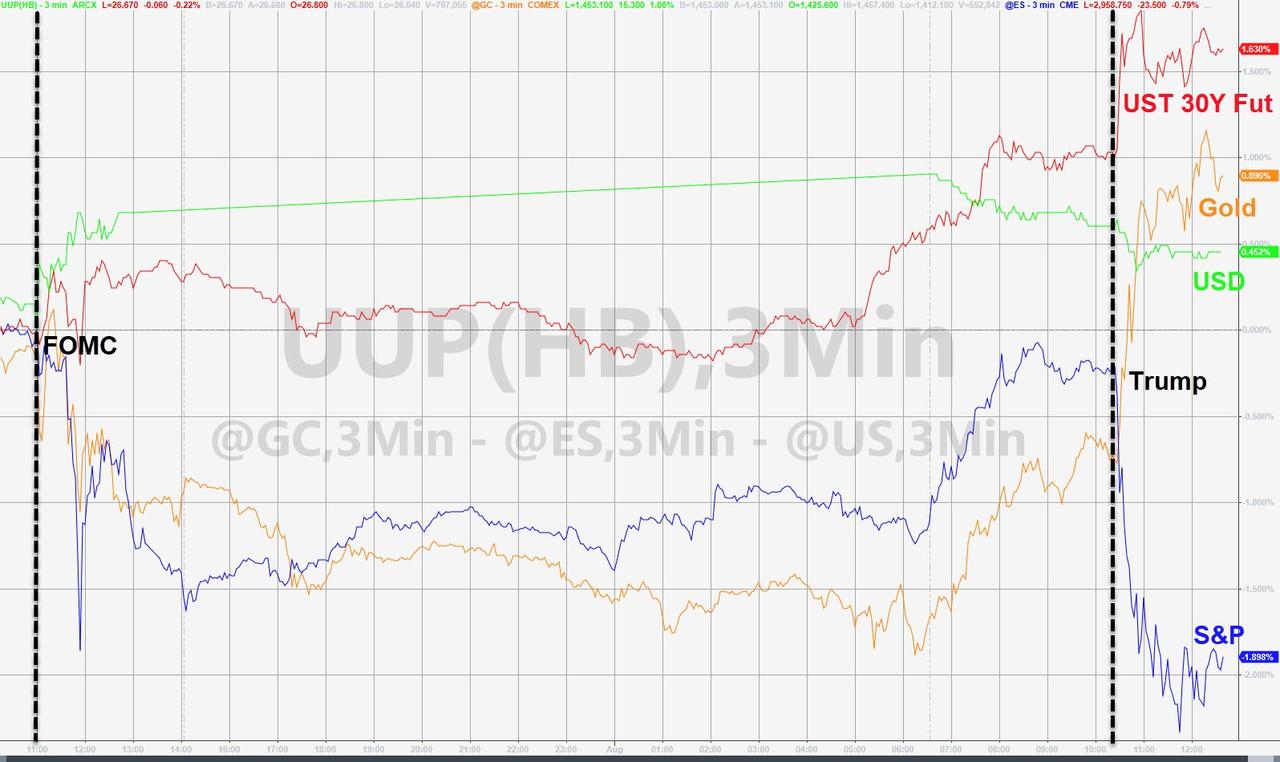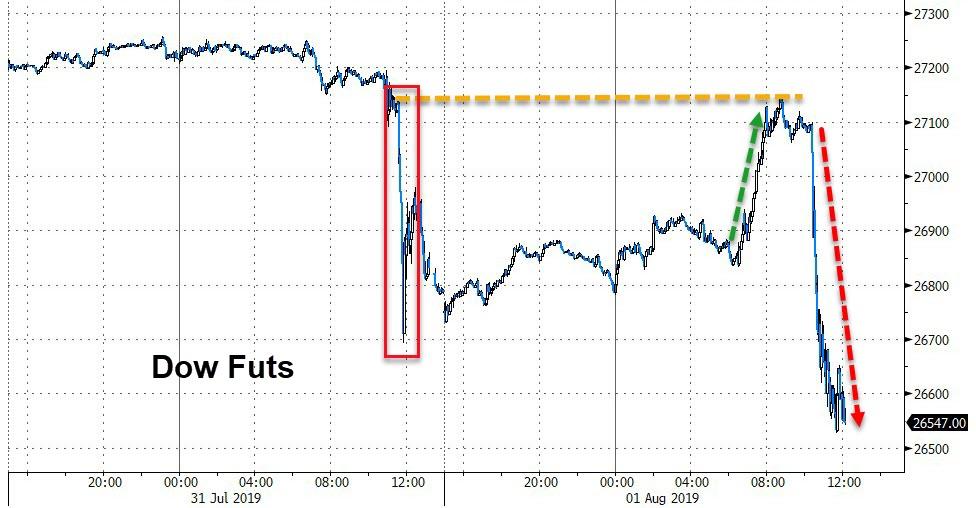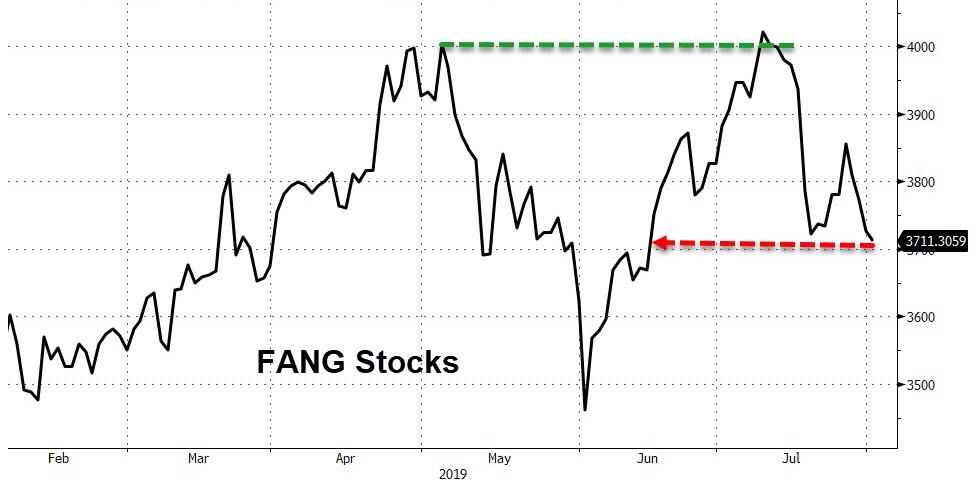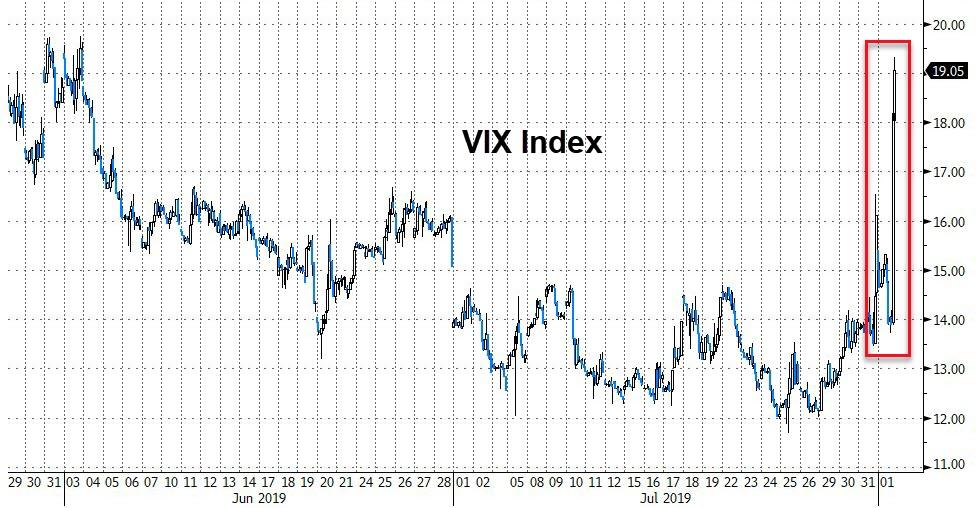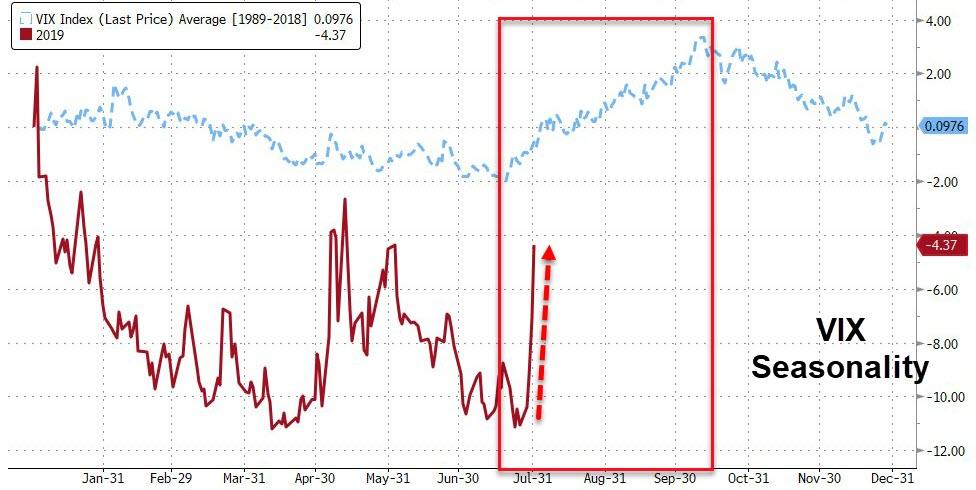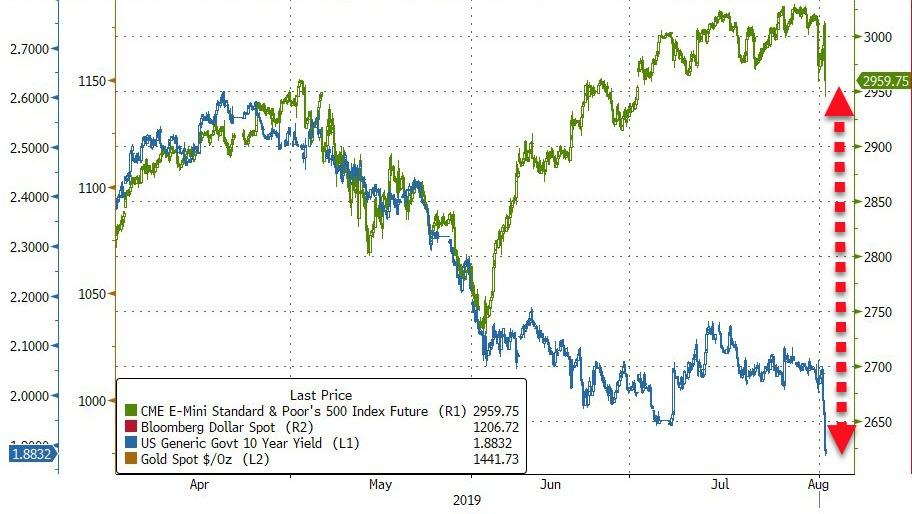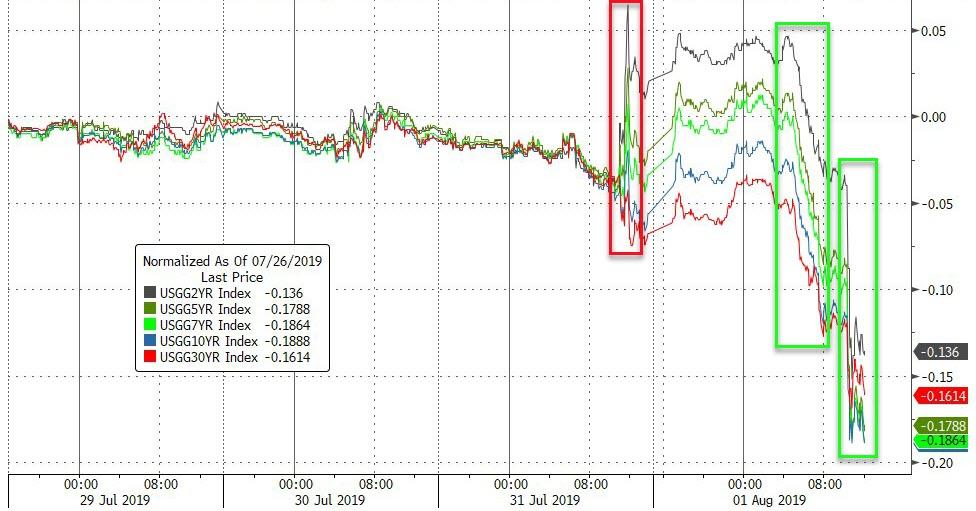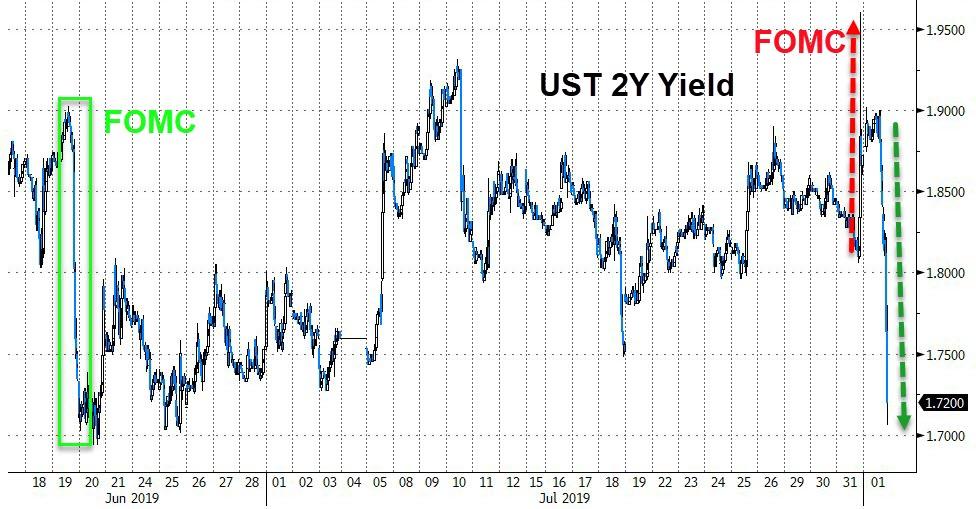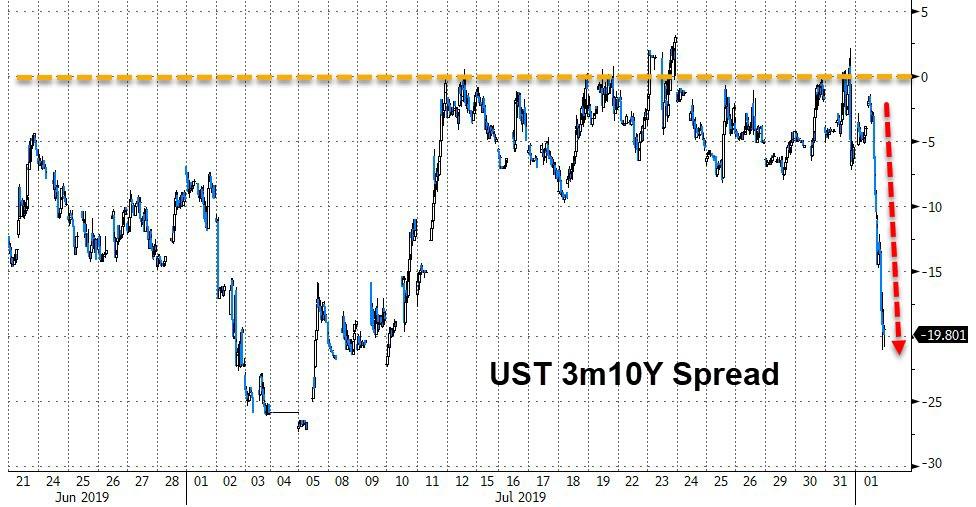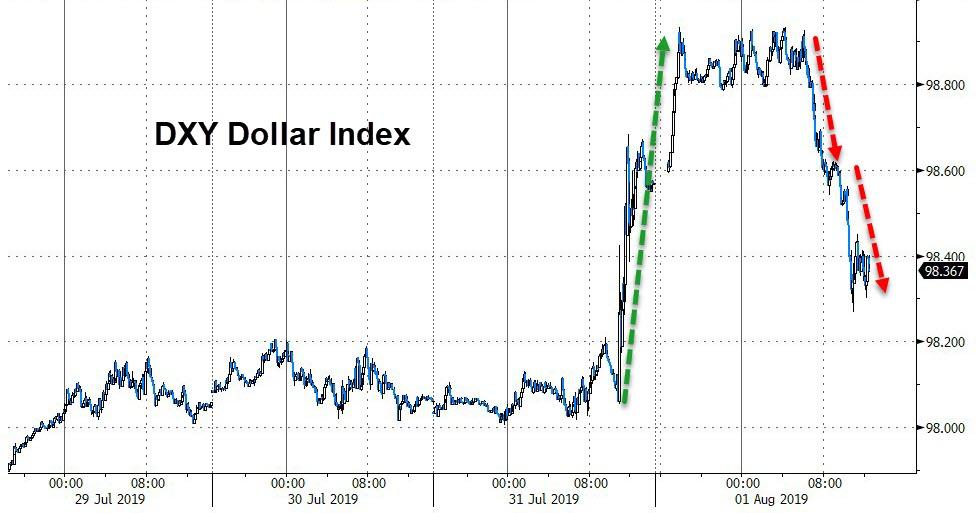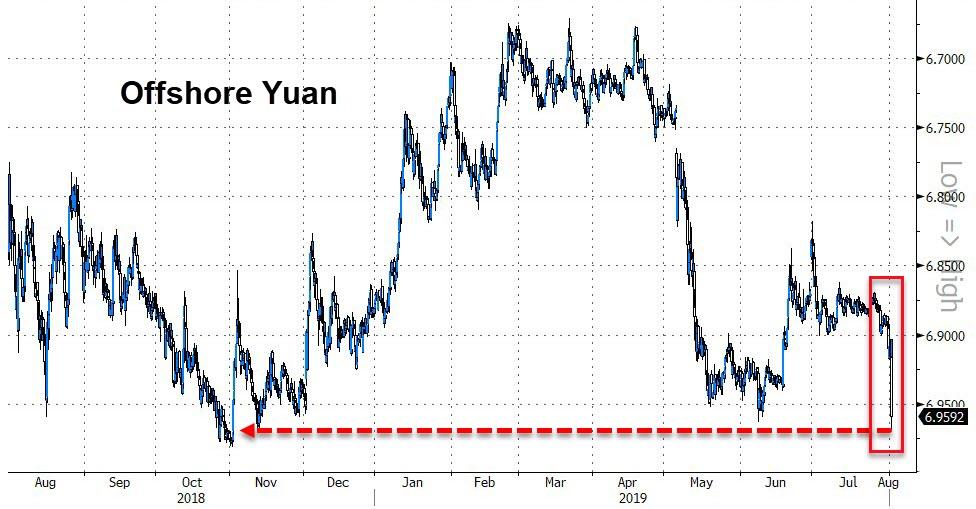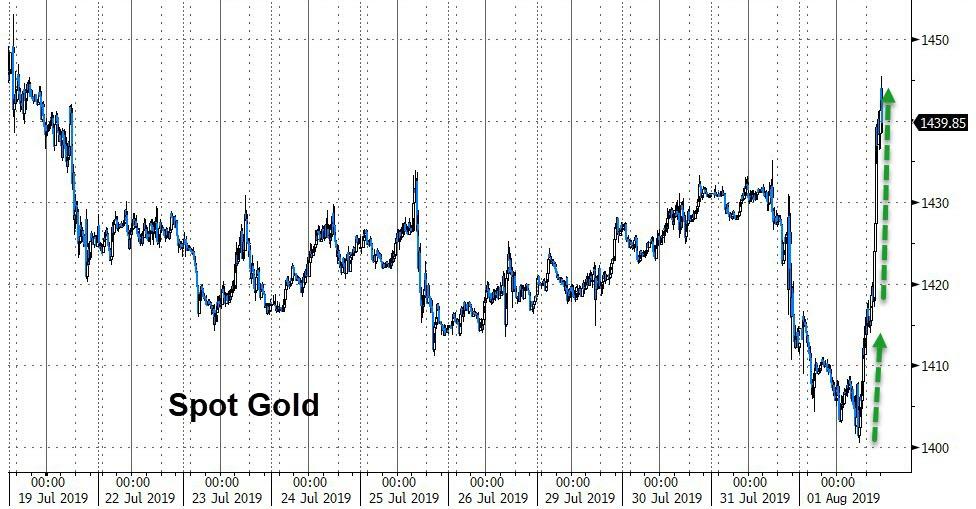John MacAfee might be hiding from the CIA in an ‘ultra-secure facility’ somewhere, but that hasn’t stopped the crypto pioneer and perennial black ops target from maintaining a robust social media presence. Indeed, McAfee’s commitment to his followers has made his feed a great source for non-stop entertainment, even if he’s no longer allowed to pitch ICOs.
And in one recent tweet, the former security software pioneer-turned-cryptolibertarian-renegade distilled his advice for young men (who, apparently, frequently approach him for life advice) into a list of four simple virtues.
Young men always asking my advice. Here it is:
– Wait until you are 40 to consider marriage
– Never give a woman your real name
– Stay out of jail as much as possible
– follow your heart— John McAfee (@officialmcafee) August 1, 2019
If we could add one more rule to the list for men, it would probably be never publicly promise to eat your own genitals on live television if one of your long-term BTC price calls doesn’t pan out.
Of course, from what we can tell, McAfee has already broken at least three of his own rules. But one can’t say that he hasn’t always followed his heart, even if it has at times led him into some pretty hairy situations (like being accused of murdering a neighbor by police in Belize).
For better or worse, McAfee’s list was a hit. And at the urging of several Twitter users who griped about the injustice of McAfee withholding his advice for young women, the IRS’s public enemy No. 1 followed up his initial tweet with a similar set of principles directed at young women.
Ok, Ok.. sorry I excluded you ..
ADVICE FOR WOMEN:– Get as much as you can from a man as early as possible
– Try not to get pregnant until you are 30.
– Believe nothing a man says
– practice deception. It will serve you well.
– follow your heart.— John McAfee (@officialmcafee) August 1, 2019
McAfee’s twitter feed is a constant source of entertainment for the more than 1 million users (or however many of them are human, at least) who follow him. But he’s been outdoing himself lately, from his comments about slavery and sex trafficking delivered in honor of International Human Trafficking Day (we’re all slaves to the system)…
My comments on the International day of recognition for human trafficking and slavery.
You will not like them. pic.twitter.com/Pn3hTUr76J— John McAfee (@officialmcafee) July 30, 2019
…to his gripe with the media’s characterization of some of his recent activities (just because he was tweeting from his own personal Faraday Cage, doesn’t mean he was “holed up” in a homemade bunker).
I love the media. Just because I have faraday caged communication room the press claims I’m “holed up” in it. If you enter your garage to do some work are you holed up in your garage? I guess I should have posted a pic of the f-king door which I use to enter and leave. pic.twitter.com/4zCEIw9vMW
— John McAfee (@officialmcafee) July 31, 2019
The anti-virus software company founder and crypto pioneer was clearly pleased with the reactions to his tweet.
So many responses from young men already considering marriage. You need to understand that there are other options to marriage. Sawing off your leg at the knee is one such option. Use your head. You could think of others.
— John McAfee (@officialmcafee) August 1, 2019
And indeed, it elicited some hilarious replies, including this one from O’Shaughnessy Asset Management founder Jim O’Shaughnessy…
— Jim O’Shaughnessy (@jposhaughnessy) August 1, 2019
…and a few others who sought to analyze McAfee’s words.
“As much as possible” is key here. This implies that a certain amount of jail may, in fact, be unavoidable. This is hopeful news!
— Matthew Hahn (@hahnscratch) August 1, 2019
Nice John. Sounds like the perfect recipe (and description) of all those guys in their mother’s basements living by the light of their computer screens surrounded by Coke cans and empty Doritos bags.
— Eric Coffin (@ericcoffin_HRA) August 1, 2019
And in case you were wondering: If in the process of following your heart, you come to break one or more of the other rules, well, following your heart supersedes all the rest.
But what if you go to jail in your twenties and meet someone special there you want to marry? Then if you follow your heart you break almost all of those rules. Asking for a friend.
— Josh Cotton, PhD (@BitcoinCensus) August 1, 2019
via ZeroHedge News https://ift.tt/2YExczi Tyler Durden






